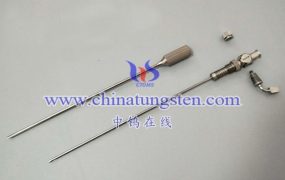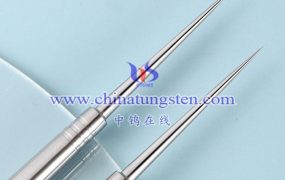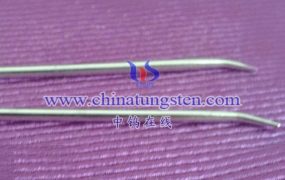
Tungsten is known for its high electrical conductivity and is often used in microelectronics applications where high-performance electrical properties are required. In fact, tungsten has the highest melting point of all metals and the lowest coefficient of thermal expansion of any pure metal. These properties make tungsten an excellent choice for applications that require a high level of thermal stability and resistance to thermal expansion.
When compared to other commonly used materials in microelectronics, such as copper and aluminum, tungsten has a lower electrical conductivity but is still considered to be highly conductive. Copper has the highest electrical conductivity of any metal, but it has a much lower melting point than tungsten and is less resistant to thermal expansion. Aluminum also has a high electrical conductivity, but it is less stable than tungsten at high temperatures and can be susceptible to thermal stress.
In summary, while tungsten may not have the highest electrical conductivity of all metals, its combination of high thermal stability, low coefficient of thermal expansion, and high conductivity make it a valuable material in microelectronics applications.






